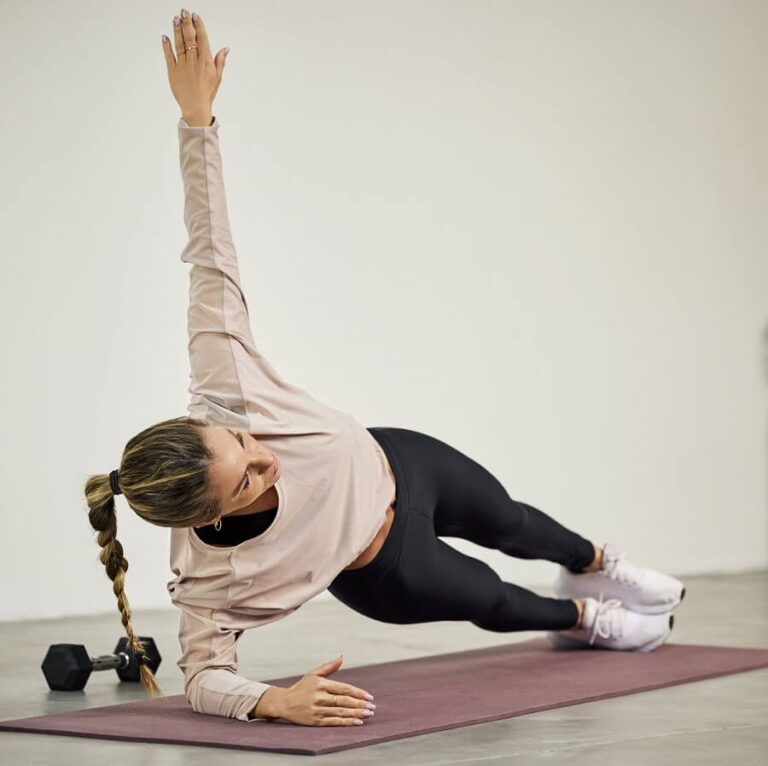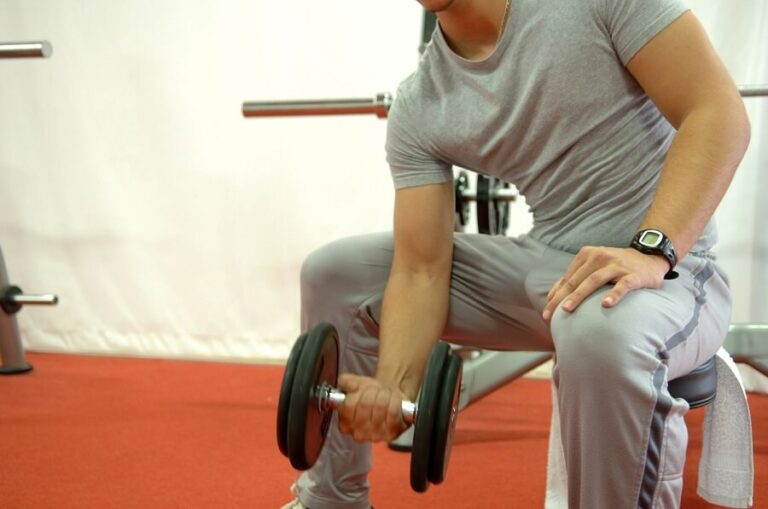What is calisthenics?
Calisthenics, or street workout, is an outdoor sport that aims to enhance muscle strength and endurance. Some even consider it art in sports. The benefits of calisthenics are achieving muscle hypertrophy, increasing balance, and improving breathing capacity. In addition, street workout exercises increase the integral power of the strength and musculature of the whole body.
Calisthenics comes from the Greek Kallo ( beauty ) and Sthenos ( strength ). Curiously, they were a series of videos published on YouTube, where through demonstrations of spectacular feats, they made this sport take off. Today, fitness professionals offer training methods based on a calisthenic routine.
Calisthenics is also called Street Workout. It is usually practiced outdoors in parks or on the streets. You only need a bar, a rope, and some support to practice this sport. One of the benefits is that some gym trainers are abandoning traditional machines to offer this type of routine to users.
Calisthenics Exercises – The 8 You Can’t-Miss
Most calisthenics exercises are full-body workouts; they involve several muscle groups simultaneously. In addition to developing muscles, calisthenics exercises allow you to strengthen your joints and ligaments.
The exercises are not performed in isolation but in circular training mode in a calisthenic routine. Something the opposite of what happens in a traditional gym routine. Here are eight exercises that cannot be missed in a calisthenics or street workout routine:
- Pull-ups o dominated
Barbell chin-ups are the foundation of a calisthenic routine. Pull-ups are considered the most crucial exercise for working the back and arms muscles.
- Parallel bar bottoms
Parallel bar dips are one of the essential exercises to strengthen the muscles of the chest, triceps, and abdomen. In a calisthenics routine, they can be performed both in their dynamic and static variation.
- Burpees
The classic burpees are an exercise that cannot be missing in any calisthenics routine. This exercise is often used between strength sets to stimulate the cardiovascular system in calisthenics routines.
- Rope-training
Rope exercises are a way to work the cardiovascular system and exercise the arms and core muscles—the key is to tighten the abdomen.
- Jumps with tires
One of the classic calisthenics exercises is jumping on tires or boxes. This is usually the first balance challenge for a beginner.
- Swing with a kettlebell
Some calisthenics training programs allow the use of kettlebell exercises. The most traditional practice is the swing; the key in this exercise is to execute a clean movement that involves the muscles of the whole body.
- Barbell sit-ups
Some calisthenics training programs allow the use of kettlebells. The most classic exercise is the swing; the key in this exercise is to execute a clean movement that involves the muscles of the whole body.
- The flag
The flag or the flag is an essential exercise in the street workout. Indeed in the first days, a beginner will find it difficult. However, he is likely to come out in the next few weeks with dedication and technique.
Benefits of street workout
Calisthenics is a sport where both the upper body and lower body muscles are worked. In addition to creating a marked abdomen with calisthenics, one of the main benefits of calisthenics is greater strength, balance, and discipline.
With calisthenics – cardiovascular health is favored. This is because the exercises are usually performed at high intensity. One of the benefits of calisthenics is increasing breathing capacity or VO2 max.
If the goal is to have a bulky body typical of bodybuilders or muscle hypertrophy professionals, calisthenics is not the most suitable training.
Calisthenics benefits are only for people who aspire to have an athletic body, an upright posture, and strong muscles. This translates as a low percentage of body fat without reaching a large size of muscle mass. Here are seven benefits of a street workout:
- No need to invest in equipment
Willingness and training in a park, on the street, or at home is more than enough to do calisthenics.
- It is not an impact sport.
Since most exercises are balanced and suitable for all ages and strengths, beginners can start with simple variations.
- Fewer injuries
Because only body weight is used, your chances of injuring yourself are lower than in traditional heavy-load training.
- Less obesity and overweight
In calisthenics, you will be burning calories and toning and developing the muscles of the entire body.
- Less anxiety
Because routines are generally with breaks of no more than 30 seconds, calisthenics is a perfect sport for people who get bored in the gym. Also, with balance exercises, you learn to silence the mind of those noisy thoughts.
- More balance
Calisthenics not only train body balance, but unconsciously mental balance, concentration, and body balance go hand in hand.
- Perfect body
Calisthenics does not develop the bulky body typical of bodybuilders but rather a shaped and athletic body. Similar to that of an Olympian, proportionate and toned.
How to start calisthenics? – Tips for beginners
First of all, calisthenics is a high-intensity workout, so if you have heart problems, it is not recommended. Also, a beginner is advised to have a stopwatch nearby. This is a way to measure rest times accurately. Second, it is essential to do all exercises with a full range of motion.
Don’t neglect technique. If you cannot complete the routine, it is best to take a break and start again. Forcing yourself to do poorly designed exercises will only lead to sports injuries.
The most common calisthenics exercises for beginners have dominated push-ups – in all their variations, squats with and without a bar, and different types of abdominal planks. If you have perseverance and discipline, you can quickly increase your strength indicators and move to advanced calisthenics.
These consist of complex movements such as the hand-stand (hand stop), front lever, or the human flag (human flag). The calisthenics training method is similar to HIIT, CrossFit even the Tabata method.
In calisthenics, the abs are always worked.
Most calisthenics exercises, explicitly or indirectly, engage the abdominal muscles. In addition, for at least one day, you should incorporate particular activities for the specific work of the core. Street workout exercises allow you to develop the rectus abdominis muscle and the obliques, and the internal forces of the abdomen.
A calisthenics routine is an intense workout. This allows activities to have a low level of subcutaneous fat. It is essential to know that the purpose of most calisthenics exercises is not to increase muscle volume but rather to train muscle power and endurance—the result: a harmoniously strong body.
What is a calisthenics routine like?
You cannot say that there is a single calisthenics routine. These vary according to the muscle group you want to work on—the basic idea: is similar to functional training.
Four cycles of 5 or 6 exercises are performed. You start with the first, rest for 30 seconds, then the second, and until each circuit is finished. At the end of the round, a 3-minute break is allowed.
A calisthenics routine’s goal is always to do four cycles or series with the correct technique. They emphasize the number of repetitions. Calisthenics training plans are very varied.
The main difference from training in a traditional gym is that the abdominal region is worked more frequently. An example of a calisthenics routine would be:
- Monday (legs and abdomen)
- Tuesday (biceps and cardio),
- Wednesday (chest and abdomen)
- Thursday (back and cardio)
- Friday (triceps, shoulder, and core).
ABSTRACT:
- Calisthenics is a type of street training, so it is also known as Street Workout.
- Calisthenics benefits include increased strength and endurance and a way to develop discipline.
- Calisthenics routines differ from traditional gym routines in the break between sets, as well as that it is an exercise in the open air and with little need for equipment.
- When doing calisthenics, the diet should not be neglected. Balancing the consumption of carbohydrates, proteins, and healthy fats is a priority. Calisthenics exercises require large amounts of energy.







